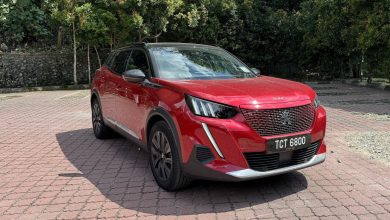Why Is Malaysia Way Off Its 10,000 Public EV Charger Target?

A brief look into the many obstacles in the way of Malaysia getting its 10,000 public EV charging stations by 2025.
When Malaysia decided that it wanted to go all in on EVs in the early part of this decade, it had made a bold commitment to strive for 10,000 public charging stations by 2025 to support this green mobility revolution. Though with only a few months to go before that fateful target year, it is sad to say that at least by the first quarter of this year, data from the Ministry of International Trade and Industry shows for there only to be less than a quarter of operational outlets (2,214) around the country.
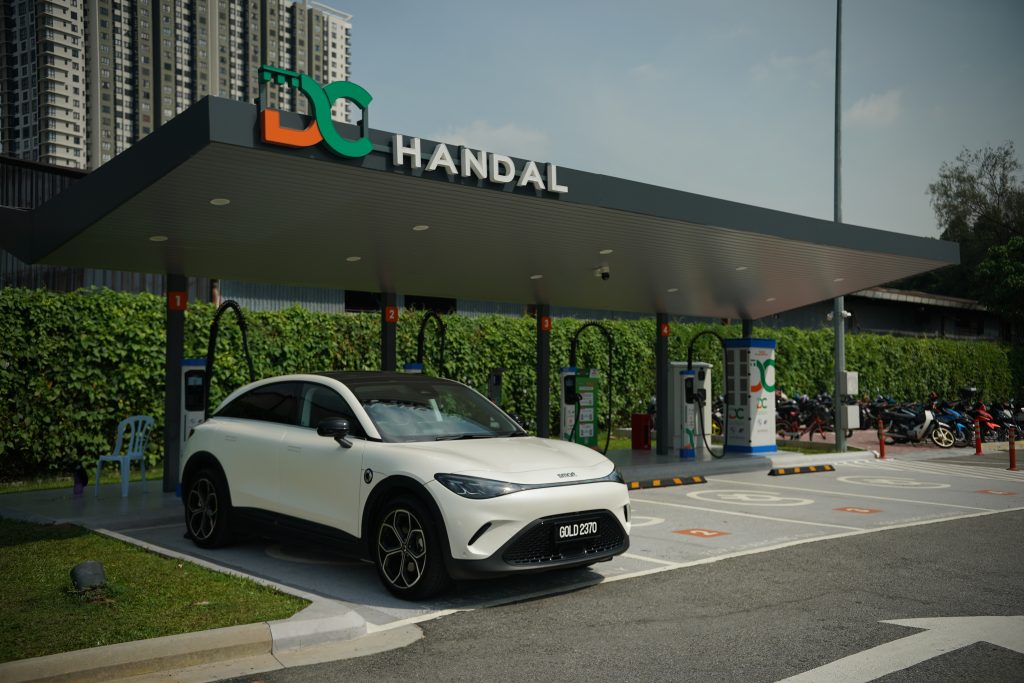
However, with charge point operators (CPO) staring down the barrel of high import duties and an insufficient power infrastructure, not to mention too regulatory hurdles and multiple agencies fighting for influence in the sector, which is then topped off by a lack of consumer awareness, it should therefore not exactly be surprising to learn that Malaysia still has a long, long way to go before even being able come anywhere close to achieving its original ambitious public charging target.
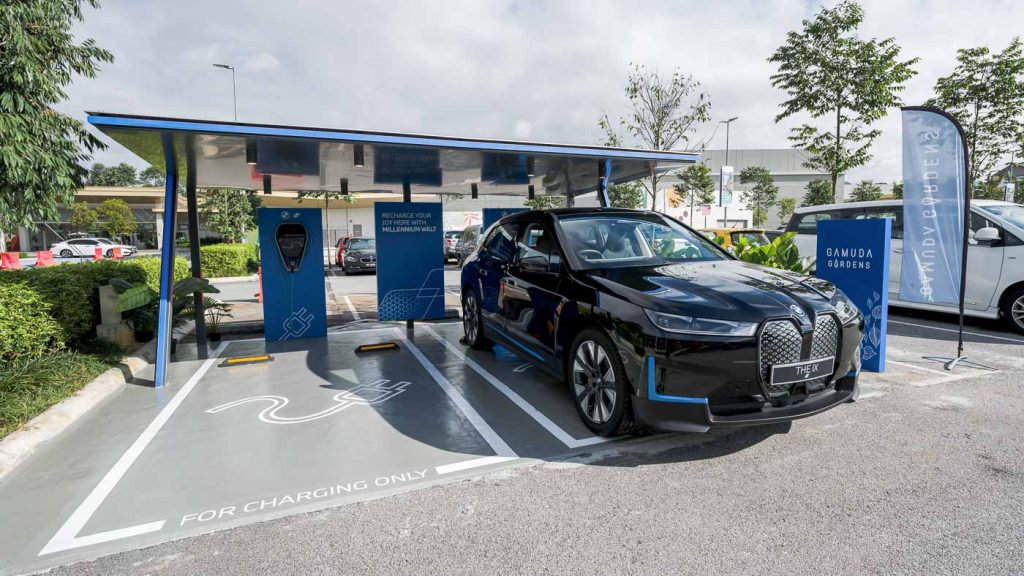
Now as delved into much deeper in an article published on Digital News Asia, one of the most significant burdens faced by CPOs in expanding their network over here is the high import tax levied on charging equipment which has to be bought overseas. “We still have to pay at least 10% sales and service tax,” says Puvanendren Maniam, COO of chargEV.
The lack of adequate power infrastructure meanwhile presents another major hurdle, particularly along highways where fast charging is most needed to address the ‘wait anxiety’ with long-distance EV travel. “For 600 kW (DC fast charging station), you need to put in a compact power sub-station and that would cost us at least around RM 300,000,” Puvanendren added, illustrating the scale of the challenge.
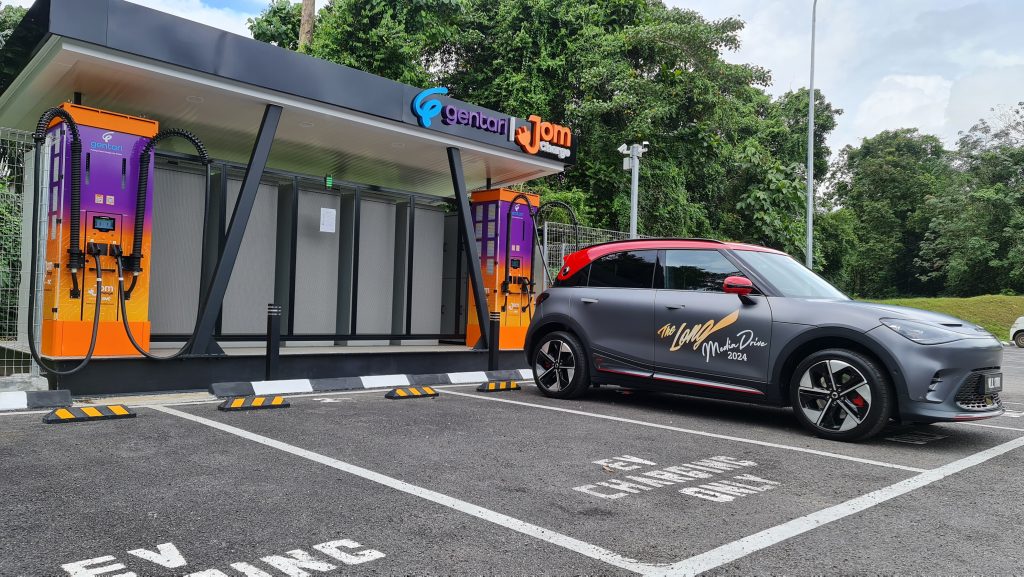
It has to be said though that the root cause behind these two aforementioned obstacles is really simply down to poor government policy. As Chua Seng Teong, Managing Director of chargEV, notes, “the fact is, we’re building a key national infrastructure. Yet, we (public EV charging players) are viewed as startups (by the government).”
Chua draws a similarity to the mobile operators, who invested billions to build mobile networks in the early to mid 1990s and got government support by way of low spectrum licensing fees. Yet the costly and time consuming endeavour to build out public EV charging points gets little support from the government, with no funding available to help bridge the gap while waiting for the market to develop.
“As we only expect to break even eight years later, the three-year tax break incentive is just not happening for us,” emphasised Chua, referring to the tax exemption offered by the government that falls short of addressing the long-term financial challenges faced by CPOs.
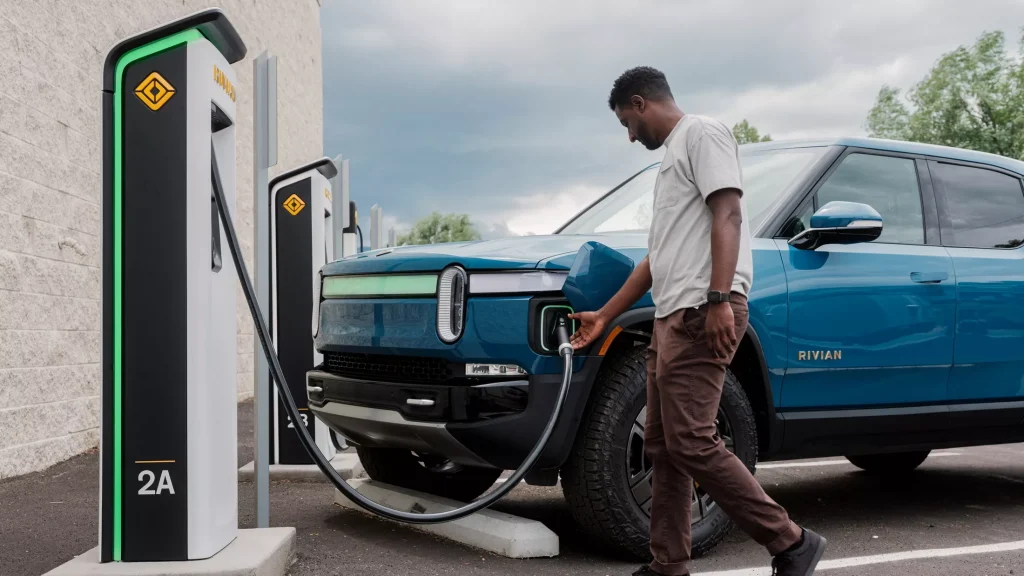
On top of that too, there are grumbles from CPOs on certain current government policy that appears to be working actively against promoting public charging infrastructure development. And one such example of this provided by the CPOs is for them to not actually have ownership of the power infrastructure they installed, with it becoming property of TNB instead.
Using the aforementioned highway-side fast charging station as an example, the RM 300,000 cost swallowed by a CPO to install a compact sub-station necessary for powering it can essentially be considered a “contribution fee” to TNB, with the CPOs not retaining ownership or control over this infrastructure. This in turn means that if another company later wants to use the same substation to power their EV charging points, they can apply to TNB without compensating the original CPO who funded its installation.

This arrangement hence puts a significant financial burden on CPOs, who must invest in infrastructure they don’t own, while potentially benefiting future competitors. Incidentally too, this high bar to entry and seemingly high risk investment does a long way in explaining why Malaysia’s public EV charging ecosystem is dominated by only a handful of players, and most of whom are backed by deep parent pockets.
In fact, just three companies (chargEV, Gentari and EVC) are estimated to hold a 70% share of the public charging market locally.
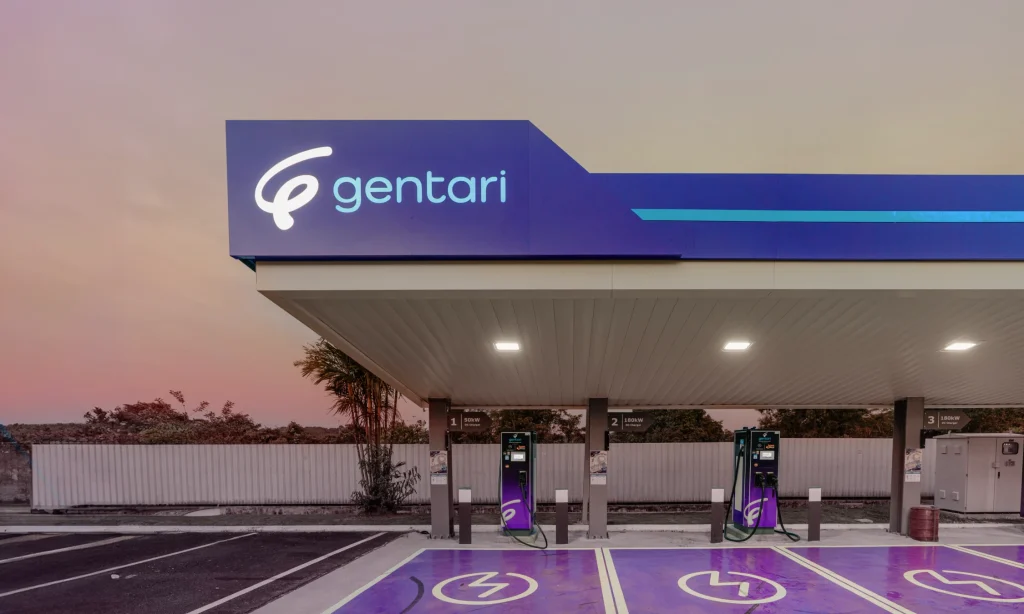
While neither chargeEV, or EV Connection, nor Gentari have publicly stated how much they have invested into their public EV charging infrastructure, all three nevertheless expect to see breakeven in around five to eight years time. Though it is worth highlighting here that this comes on the condition that there will be a continued steady growth of EV adoption locally, with there unfortunately to still be a rather large question mark on whether that will truly be the case.
What more is that this question of EV adoption is pretty much a Catch-22 conundrum too, where the lack of supporting infrastructure for charging is one of the main obstacles to most buyers taking the leap into EV ownership. This issue is then somewhat further compounded by the lack of public education and awareness campaigns, which has left the field open to misinformation and fear-mongering regarding the safety and practicality of EVs, particularly on social media.
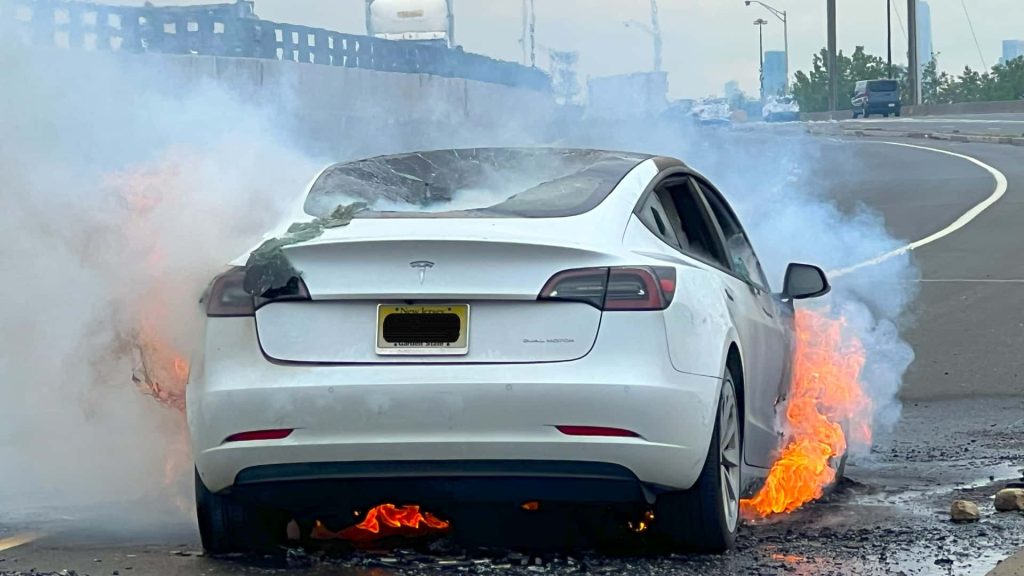
That said, despite the daunting challenges ahead, industry leaders see a path forward for Malaysia’s public EV charging infrastructure. This path however all but certainly demands a shift in approach and policy, and at the heart of this strategy lies the urgent need for regulatory clarity.
The current patchwork of guidelines across different jurisdictions creates a maze of uncertainty for operators, which naturally makes life harder for CPOs to get on with the job at hand. “The question we ask is very simple: who’s the guy that we actually talk to? There isn’t anyone dedicated to carrying the game,” Puvanendren added.

Financial incentives form another crucial pillar of the way forward. The government must reconsider its approach to supporting this nascent industry. Long-term support mechanisms, including import duty exemptions and tax breaks for businesses installing charging facilities, are essential to nurture the industry through its growth phase.
Puvanendren elaborates that by incentivising retailers to invest in charging infrastructure, the government could create a win-win situation. Retailers would benefit from increased foot traffic and customer loyalty, while CPOs could focus on operating and maintaining the stations rather than bearing the full cost of installation.
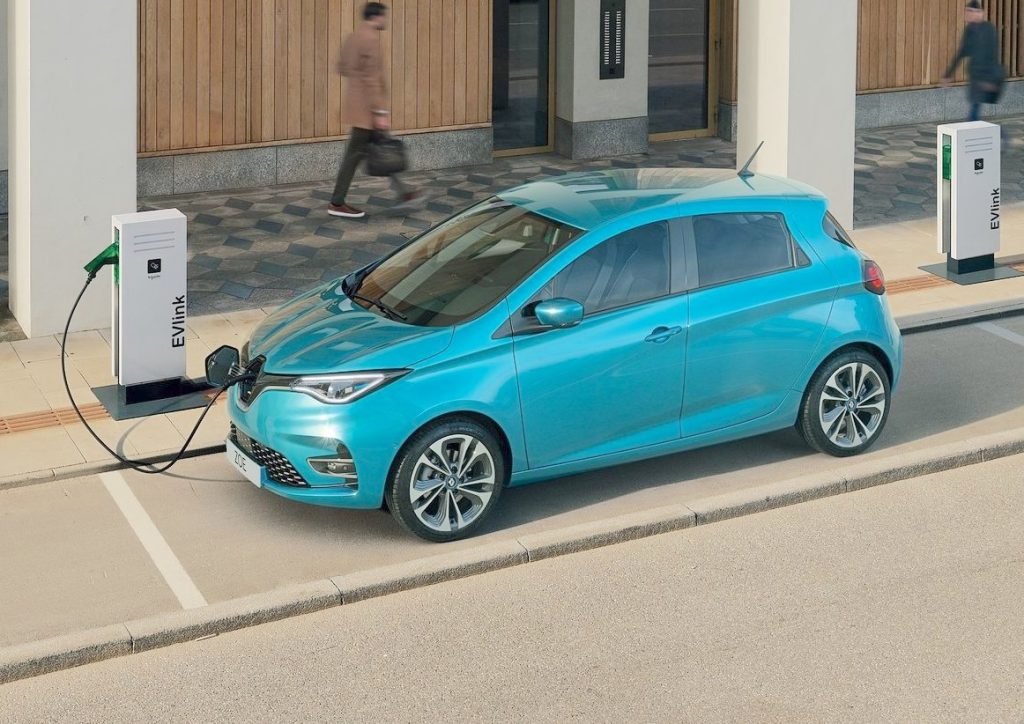
It however unfortunately remains to be seen when, or more precisely if, any of these suggestions from the industry will be put into action in future. Though if the recently-revealed Budget 2025 that remained remarkably mum on this topic is any indication, the target of 10,000 EV charging stations nationwide by 2025 will unfortunately be as real as the Malaysian Ringgit reaching price parity as the Singapore Dollar.



